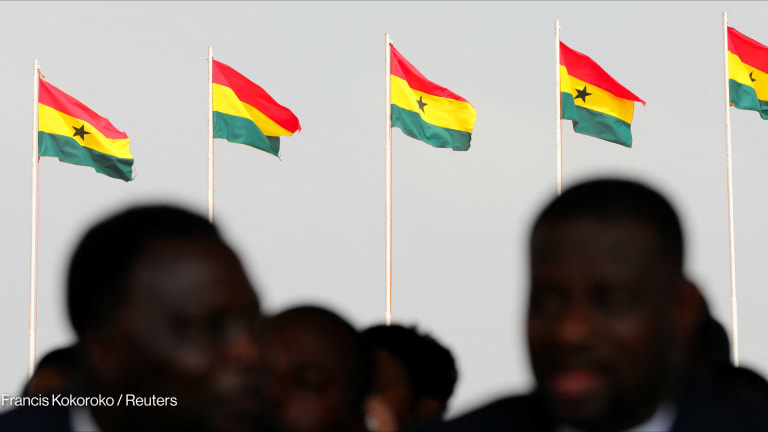Asia has long been fragmented by conflict over divided beliefs (religious violence), divided borders (wars over territories), and divided power (battles for resources). Conflict resolution tops the agenda of many governments, politicians and donor agencies in the region who take a top-down approach and ask the normal questions: ‘How can we put a stop to this conflict? How can we accelerate recovery? How can we prepare for the next conflict?’
The region must begin to redefine the dominant narrative by going beyond immediate crisis and conflict resolution that is often focused on recovery, relief and rehabilitation to focus on scalable, sustainable and inclusive outcomes which reduce the risk of lapsing or relapsing into conflict.
One big problem is that foreign aid from international donors is primarily programmed for conflict resolution and immediate humanitarian needs, but rarely does this official assistance support preventative measures and long-term interventions, even though these projects may have the greatest potential to sustain conflict-transformation and effectively institutionalize change.








